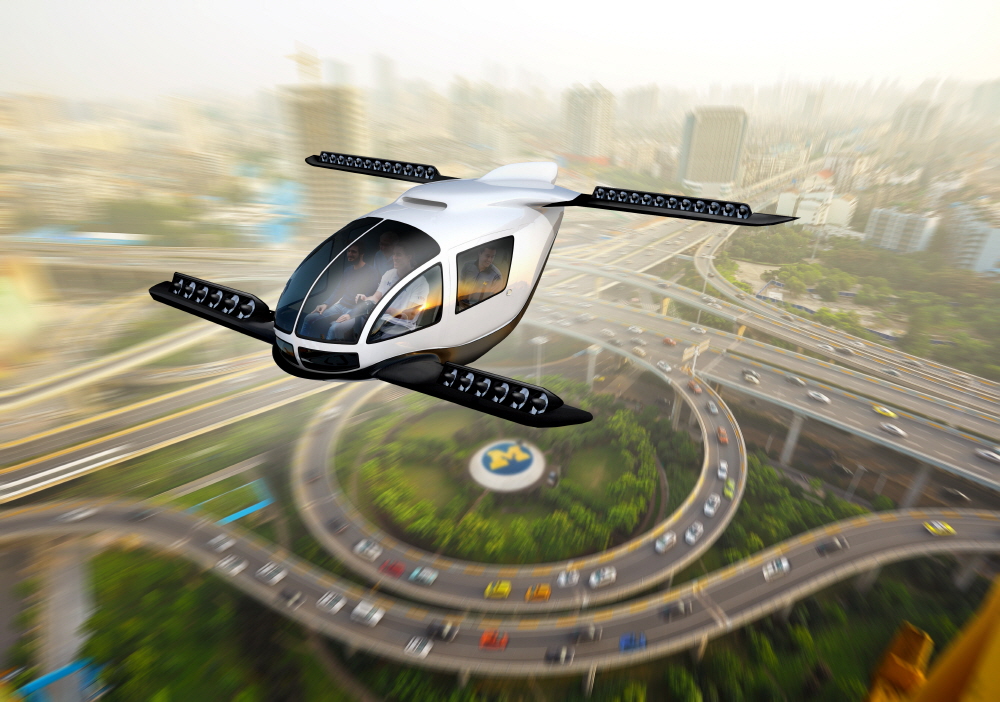
VTOLs, which can take off and land in narrow spaces, and vertical take-off and landing-type flying cars are appearing, but as this trend takes off in earnest, the concern is environmental issues. Considering the environmental impact and economic feasibility, there is a strict demand on whether it will be sustainable even if it is maintained for a long time.
According to a study jointly published by the University of Michigan and automobile company Ford, if the flying car is fully electric, there is no sustainability for short distances less than 35km. Of course, it is an electric VTOL-type flying car that is still far from being put into practical use, but according to the research team, it was concluded through a physics-based model that reflected weight and energy versus battery.
Electric VTOLs do not emit emissions during flight. However, the electricity to fill the installed battery is generated by a power plant that emits greenhouse gases, except for some. The research team calculated actual greenhouse gas emissions from travel time and battery consumption and compared them to ground-based vehicles running the same distance.
As a result of the study, a single-seater Volkswagen car uses less energy and less GHG emissions than a single-seater VTOL for short distances less than 35km. Moreover, the current average commuting distance by car from the ground is 17 km, so it was concluded that the electric VTOL for commuting was not sustainable.
On the other hand, a VTOL that is more than 100 km long and carries a pilot and three passengers produces less greenhouse gas emissions than a ground vehicle with an average of 1.54 people. It is an analysis that 52% less than gasoline vehicles and 6% less than electric vehicles.
In other words, the results of the study are that electric VTOLs for single-seater commuting are difficult to maintain environmental sustainability, and that a four-person flying taxi will increase the sustainability.
This study shows that the high passenger occupancy rate is not only excellent in terms of emissions, but also is advantageous in the economics of flying cars. Of course you can save time. Currently, flying taxis are being developed by companies like Uber and Bell Helicopters. Related information can be found here .


















Add comment